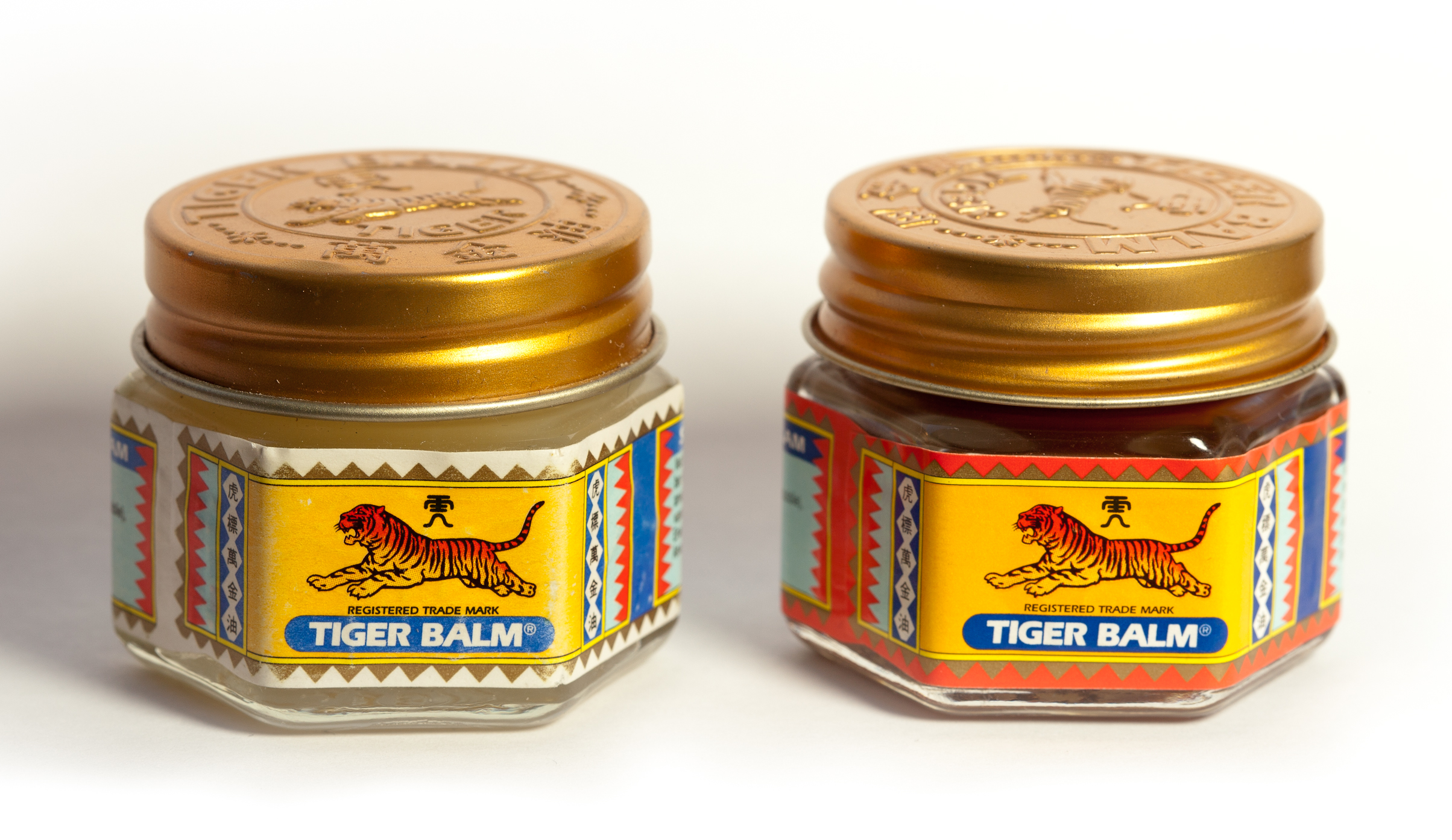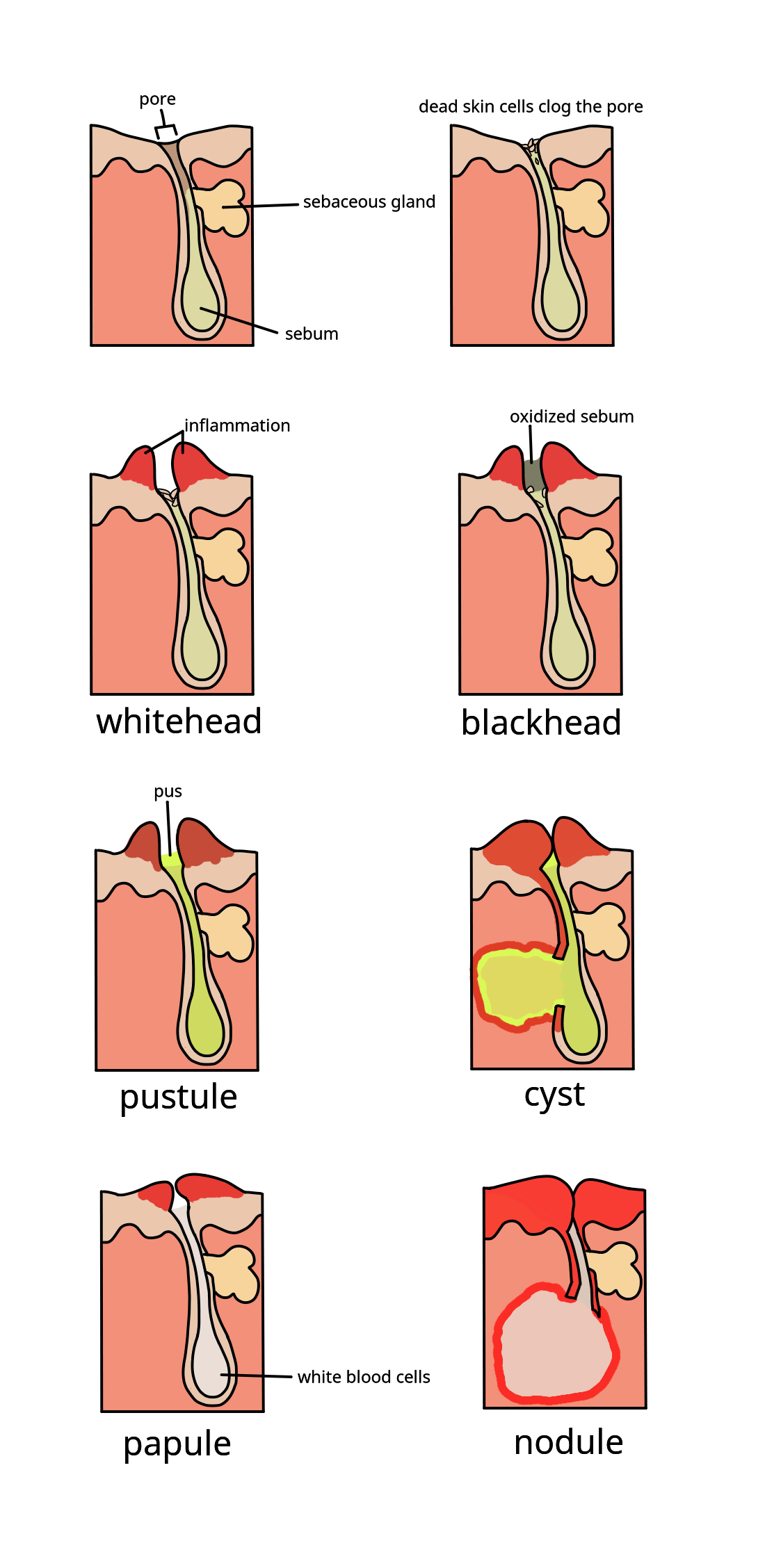|
Cajuput
Cajuput oil is a volatile oil obtained by distillation from the leaves of the myrtaceous trees '' Melaleuca leucadendra'', ''Melaleuca cajuputi'', and probably other ''Melaleuca'' species. The trees yielding the oil are found throughout Maritime Southeast Asia and over the hotter parts of the Australian continent. The majority of the oil is produced on the Indonesian island of Sulawesi. The name "cajeput" is derived from its Malay name, or "white wood".Definition of "cajuput" by Oxford Dictionary on Lexico.com Production and uses The oil is prepared from of cajeput leaves and twigs macerated in water, and steam distilled after ferment ...[...More Info...] [...Related Items...] OR: [Wikipedia] [Google] [Baidu] |
Melaleuca Leucadendra
''Melaleuca leucadendra'', commonly known as weeping paperbark, long-leaved paperbark or white paperbark is a plant in the myrtle family, Myrtaceae and is widespread in northern Australia, Southeast Asia, New Guinea and the Torres Strait Islands. It is a tree, sometimes growing to more than with a trunk covered with thick, white, papery bark and weeping thinner branches. It has a long flowering season, can flower at almost any time of the year and is often grown as a tree in parks and on roadsides. It was the first melaleuca to be described and was described from a specimen growing in Indonesia. Description ''Melaleuca leucadendra'' is a large tree, usually less than, but sometimes more than tall. Its thick bark is papery, usually white but also pinkish or cream and it has weeping branches. Its leaves and young branches are covered with fine, short, white hairs when young but become glabrous as they mature. The leaves are arranged alternately, long, wide, flat, narrow egg-s ... [...More Info...] [...Related Items...] OR: [Wikipedia] [Google] [Baidu] |
Melaleuca Cajuputi
''Melaleuca cajuputi'', commonly known as cajuput or white samet is a plant in the myrtle family, Myrtaceae and is widespread in Australia, Southeast Asia, New Guinea and the Torres Strait islands. It is a medium to tall tree with papery bark, silvery new growth and white or greenish flower spikes. It has important uses as a source of cajuput oil. Description ''Melaleuca cajuputi'' is usually a medium to large tree, often growing to and sometimes to with grey, brownish or whitish papery bark. The new growth is silky-hairy, becoming glabrous as it matures. The leaves are arranged alternately long and wide, tapering at both ends. The flowers are white, cream or greenish-yellow mostly in dense spikes at the ends of the branches which continue to grow after flowering but also often in the axils of the upper leaves. The spikes contain 8 to 20 groups of flowers, each group with three flowers. The stamens are grouped in five bundles around the flower, each bundle containing 6 ... [...More Info...] [...Related Items...] OR: [Wikipedia] [Google] [Baidu] |
Tiger Balm
Tiger Balm () is an analgesic heat rub manufactured and distributed by Singaporean company Haw Par Healthcare. It is used for external pain relief. History A precursor to Tiger Balm called Ban Kin Yu ( zh, t=萬金油, l=Ten Thousand Golden Oil) was developed in the 1870s in Rangoon, Burma, during the British colonial era by the practising Chinese herbalist Aw Chu Kin, son of Aw Leng Fan, a Chinese Hakka herbalist in Zhongchuan, Fujian Province, China. His father had sent him to Rangoon in the 1860s to help in his uncle's herbal shop. Eventually, Aw Chu Kin himself set up a family business named Eng Aun Tong ("Hall of Everlasting Peace"). On his deathbed in 1908, he asked his sons Aw Boon Haw and Aw Boon Par to perfect the product. In 1918, the product was renamed "Tiger Balm" in order to gain broader appeal. By 1918, the Aw family had become one of the wealthiest families in Rangoon. By the 1920s, the brothers had turned Eng Aun Tong into a very successful business em ... [...More Info...] [...Related Items...] OR: [Wikipedia] [Google] [Baidu] |
Minim (unit)
The minim (abbreviated min, or ) is a unit of volume in both the imperial and U.S. customary systems of measurement. Specifically it is of a fluid drachm or of a fluid ounce. The minim was introduced in the 1809 edition of ''The Pharmacopœia of the Royal College of Physicians of London'' as a replacement for the drop, which had previously been the smallest unit of the apothecaries' system. It was observed that the size of a drop can vary considerably depending upon the viscosity and specific gravity of the liquid. (At the time, the phenomenon of surface tension was not well understood.) The minim, on the other hand, was measured with a graduated glass tube known as a "minimometer", later known as the minim-tube. The minim-tube was a type of graduated pipette, a device invented in 1791 by François-Antoine-Henri Descroizilles. Apothecaries' measures are fully defined in the United Kingdom's Weights and Measures Act of 1878, but the UK's 1963 Weights and Measures Act pro ... [...More Info...] [...Related Items...] OR: [Wikipedia] [Google] [Baidu] |
Acne
Acne, also known as ''acne vulgaris'', is a long-term skin condition that occurs when dead skin cells and oil from the skin clog hair follicles. Typical features of the condition include blackheads or whiteheads, pimples, oily skin, and possible scarring. It primarily affects skin with a relatively high number of oil glands, including the face, upper part of the chest, and back. The resulting appearance can lead to anxiety, reduced self-esteem, and, in extreme cases, depression or thoughts of suicide. Susceptibility to acne is primarily genetic in 80% of cases. The roles of diet and cigarette smoking in the condition are unclear, and neither cleanliness nor exposure to sunlight appear to play a part. In both sexes, hormones called androgens appear to be part of the underlying mechanism, by causing increased production of sebum. Another common factor is the excessive growth of the bacterium '' Cutibacterium acnes'', which is present on the skin. Treatments for ac ... [...More Info...] [...Related Items...] OR: [Wikipedia] [Google] [Baidu] |
Psoriasis
Psoriasis is a long-lasting, noncontagious autoimmune disease characterized by raised areas of abnormal skin. These areas are red, pink, or purple, dry, itchy, and scaly. Psoriasis varies in severity from small, localized patches to complete body coverage. Injury to the skin can trigger psoriatic skin changes at that spot, which is known as the Koebner phenomenon. The five main types of psoriasis are plaque, guttate, inverse, pustular, and erythrodermic. Plaque psoriasis, also known as psoriasis vulgaris, makes up about 90% of cases. It typically presents as red patches with white scales on top. Areas of the body most commonly affected are the back of the forearms, shins, navel area, and scalp. Guttate psoriasis has drop-shaped lesions. Pustular psoriasis presents as small, noninfectious, pus-filled blisters. Inverse psoriasis forms red patches in skin folds. Erythrodermic psoriasis occurs when the rash becomes very widespread, and can develop from any of the other type ... [...More Info...] [...Related Items...] OR: [Wikipedia] [Google] [Baidu] |
Antibacterial
An antibiotic is a type of antimicrobial substance active against bacteria. It is the most important type of antibacterial agent for fighting bacterial infections, and antibiotic medications are widely used in the treatment and prevention of such infections. They may either kill or inhibit the growth of bacteria. A limited number of antibiotics also possess antiprotozoal activity. Antibiotics are not effective against viruses such as the common cold or influenza; drugs which inhibit viruses are termed antiviral drugs or antivirals rather than antibiotics. Sometimes, the term ''antibiotic''—literally "opposing life", from the Greek roots ἀντι ''anti'', "against" and βίος ''bios'', "life"—is broadly used to refer to any substance used against microbes, but in the usual medical usage, antibiotics (such as penicillin) are those produced naturally (by one microorganism fighting another), whereas non-antibiotic antibacterials (such as sulfonamides and anti ... [...More Info...] [...Related Items...] OR: [Wikipedia] [Google] [Baidu] |
Anti-septic
An antiseptic (from Greek ἀντί ''anti'', "against" and σηπτικός ''sēptikos'', "putrefactive") is an antimicrobial substance or compound that is applied to living tissue/skin to reduce the possibility of infection, sepsis, or putrefaction. Antiseptics are generally distinguished from ''antibiotics'' by the latter's ability to safely destroy bacteria within the body, and from ''disinfectants'', which destroy microorganisms found on non-living objects. Antibacterials include antiseptics that have the proven ability to act against bacteria. Microbicides which destroy virus particles are called viricides or antivirals. Antifungals, also known as antimycotics, are pharmaceutical fungicides used to treat and prevent mycosis (fungal infection). Surgery The widespread introduction of antiseptic surgical methods was initiated by the publishing of the paper '' Antiseptic Principle of the Practice of Surgery'' in 1867 by Joseph Lister, which was inspired by Louis Past ... [...More Info...] [...Related Items...] OR: [Wikipedia] [Google] [Baidu] |
Food And Drug Administration
The United States Food and Drug Administration (FDA or US FDA) is a federal agency of the Department of Health and Human Services. The FDA is responsible for protecting and promoting public health through the control and supervision of food safety, tobacco products, caffeine products, dietary supplements, prescription and over-the-counter pharmaceutical drugs (medications), vaccines, biopharmaceuticals, blood transfusions, medical devices, electromagnetic radiation emitting devices (ERED), cosmetics, animal foods & feed and veterinary products. The FDA's primary focus is enforcement of the Federal Food, Drug, and Cosmetic Act (FD&C), but the agency also enforces other laws, notably Section 361 of the Public Health Service Act, as well as associated regulations. Much of this regulatory-enforcement work is not directly related to food or drugs, but involves such things as regulating lasers, cellular phones, and condoms, as well as control of disease in contexts v ... [...More Info...] [...Related Items...] OR: [Wikipedia] [Google] [Baidu] |
Olbas Oil
Olbas Oil is a remedy, of Swiss origin, for congestion in the chest and nose, some hayfever relief (in certain cases) and also for muscle ache via massage. It is made from a mixture of several different essential oils and has been marketed since before 1916. The name is a contraction of ''Oleum Basileum'', "oil from Basel". Risk of eye injury Olbas Oil's packaging is similar to that of eye drops, with the result that people occasionally administer it onto their eyes in error, causing injury. The introduction of Olbas Oil into a child's eye contrary to the product's instructions for use, was noted to result in a range of adverse effects including corneal scarring. Available as There are several trademarked olbas oil products available * Olbas Oil * Olbas for children * Olbas inhaler * Olbas Pastilles * Olbas Menthol Lozenges * Olbas bath Active ingredients Active ingredients are listed as; *Cajeput oil * Clove oil *Eucalyptus oil *Juniper berry oil *Levomenthol *Methyl salicylat ... [...More Info...] [...Related Items...] OR: [Wikipedia] [Google] [Baidu] |
.jpg)



.jpg)